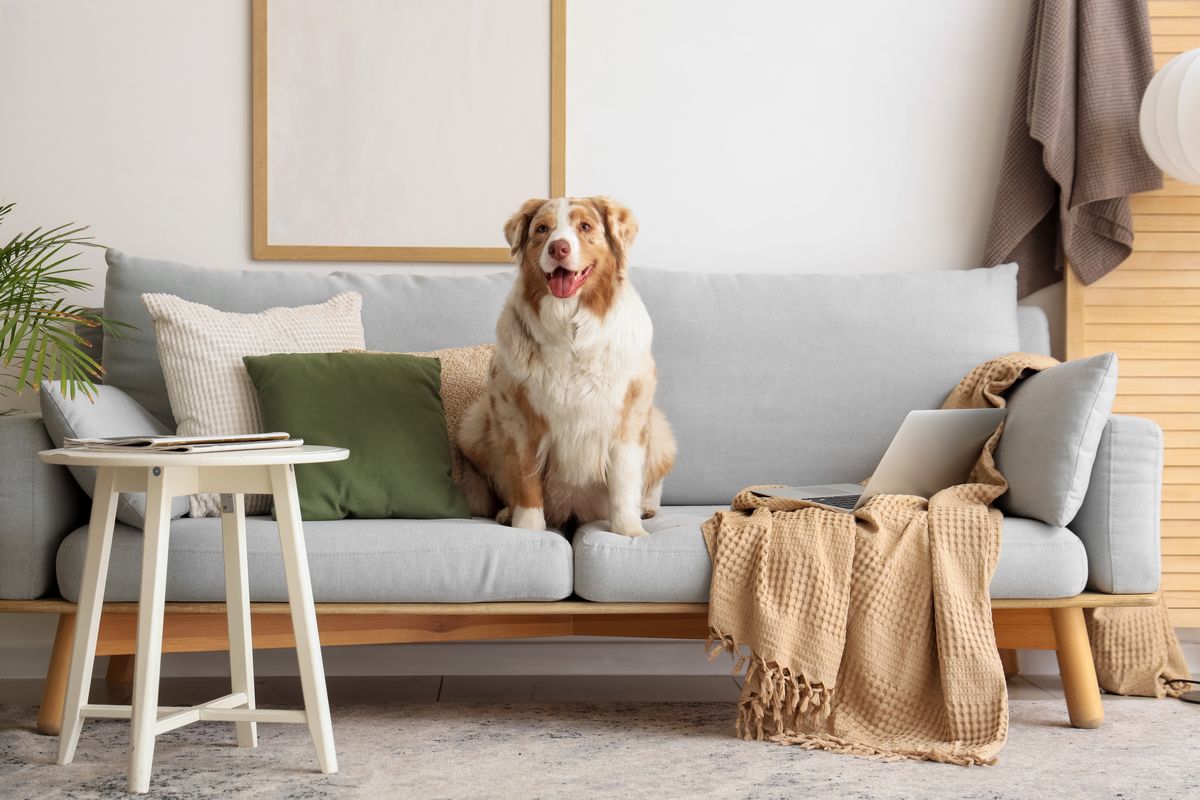Deciding whether to allow pets in a rental property can be a tricky decision. Pets can cause serious damage, noise, or complaints from neighbors. On the other hand, pet-friendly rentals often attract more applicants and experience fewer vacancies. The key is understanding both sides and creating clear, fair policies that protect your property while maintaining your units' appeal to renters.
Why Landlords Hesitate to Allow Pets
Concerns About Property Damage and Liability
The most common hesitation landlords have is the potential for property damage. Scratched floors, stained carpets, and chewed baseboards are real risks. Even well-trained animals can have accidents or cause wear and tear faster than expected.
There’s also the issue of liability. A tenant’s dog might bite someone or damage another tenant’s belongings, and the landlord could face claims or complaints if it happens on the property. This is why many owners hesitate to open the door to pets without strong safeguards in place.
Noise, Allergies, and Neighbor Complaints
Noise is another concern, especially in multi-unit buildings. A barking dog or a loud parrot can disturb neighbors and lead to frustration. Allergies are another factor to consider. Some tenants have sensitivities to pet dander, which can affect their comfort and health.
Beyond that, landlords worry about how pets might affect community dynamics. If other tenants complain or feel the rules aren’t enforced fairly, it can create tension. These are valid reasons to proceed carefully and have clear communication from the start.
The Benefits of Pet-Friendly Rentals
Attracting a Larger Tenant Pool
Despite the challenges, allowing pets can open your property to a much wider range of renters. Studies show that nearly 70% of U.S. households own a pet, and many struggle to find housing that welcomes them. If your listing stands out as pet-friendly, you’ll likely see more inquiries and faster leasing times.
Being open to pets can also position your property as more inclusive and compassionate, which appeals to renters who value understanding and flexibility. For many pet owners, their animal is part of the family, and they’re often willing to pay slightly higher rent or additional deposits to secure a home where their pet is welcome.
Longer Tenancies and Reduced Vacancy Rates
Pet owners tend to stay longer. Since pet-friendly housing can be harder to find, tenants with animals are less likely to move frequently. That stability means fewer turnovers, less time spent marketing the property, and lower vacancy-related costs.
Long-term renters also tend to take better care of their homes because they see them as true living spaces, not temporary stops. When tenants feel trusted and respected, they’re more motivated to keep the property in good condition.
Best Practices for Pet Policies
Pet Deposits, Fees, and Insurance Coverage
One of the simplest ways to balance risk and reward is by collecting a separate pet deposit or charging a small monthly pet fee. This helps cover potential damages or cleaning costs while keeping expectations clear. Some landlords also require renters to carry renters’ insurance that includes pet liability coverage.
Each state has its own rules regarding permitted fees and whether pet deposits must be refundable, so check local regulations before finalizing your policy. Setting these terms in the lease protects both you and your tenants from misunderstandings.
Establishing Clear Rules and Restrictions
Not all pets or situations are the same. Some landlords allow small dogs and cats but exclude large breeds or multiple animals. Others set weight limits, require proof of vaccination, or limit pets to specific units or floors.
Whatever you decide, be specific. Outline the expectations in writing, such as keeping pets leashed in common areas, cleaning up after them, and avoiding excessive noise. A direct, fair policy shows tenants that you’re open to pets but also serious about maintaining property standards and community harmony.
Making the Right Decision for Your Property
Factors to Weigh Before Saying Yes or No
Before making a decision, consider your property's type, layout, and location. A ground-floor unit with durable flooring and access to outdoor space is generally easier to manage with pets than a carpeted upstairs apartment.
You should also think about your target tenants. In urban markets with younger renters or families, pet-friendly listings can offer a real competitive edge. However, if your building caters to short-term stays or has strict noise regulations, allowing pets may create more challenges than benefits.
Financially, compare the potential for higher rent and lower vacancy against the risk of damage or complaints. Often, the added income from longer tenancies and pet-related fees outweighs the occasional repair.
How Professional Property Managers Handle Pet Policies
Experienced property managers deal with pet policies on a daily basis and can help landlords find the right balance. They understand local regulations, handle screening for pet-friendly applicants, and ensure leases include the necessary protections.
A good management company will also perform regular inspections, document property conditions, and mediate any issues that arise. Their expertise makes it easier for landlords to say “yes” to pets while minimizing stress and protecting the property’s value.
The best approach is one rooted in balance: protecting your investment while recognizing that for many renters, a home isn’t complete without their four-legged companion.


.png)